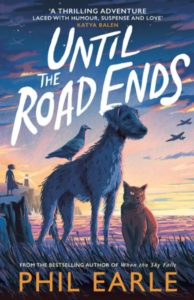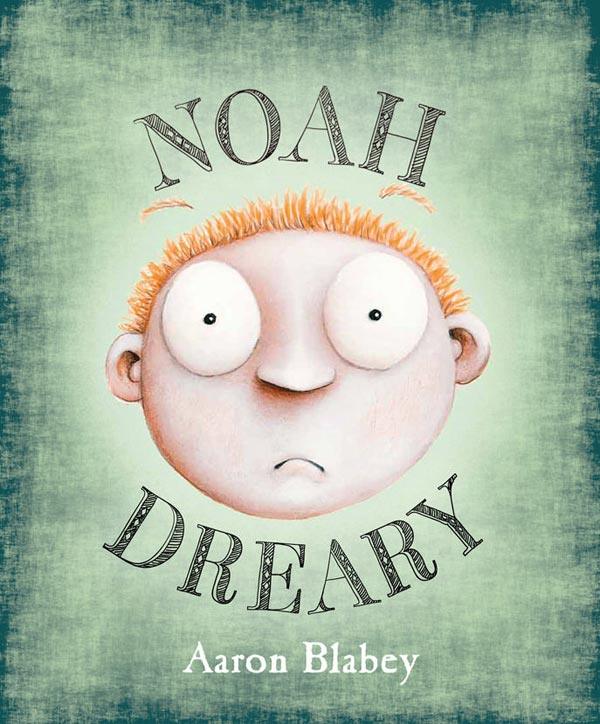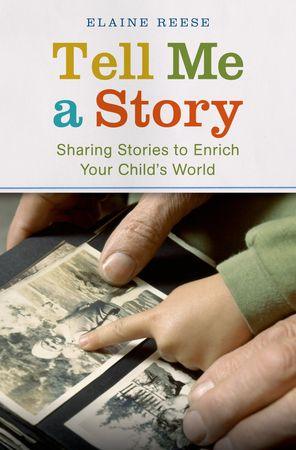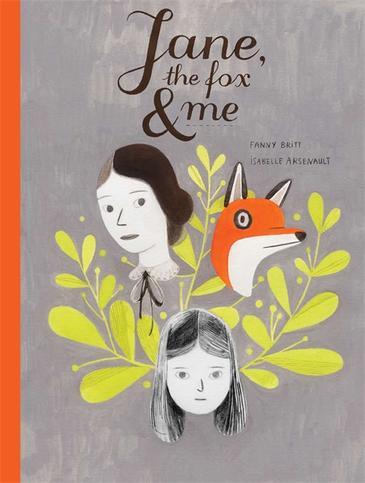Phil Earle, Until the Road Ends, Andersen Press, August 2023, 267 pp., RRP $18.99 (pbk), ISBN 9781839133169
It is 1939 and Beau, a stray mutt on the streets of London, is saved from near-death by a young girl named Peggy. Peggy brings Beau home and convinces her parents to let him live with them, along with Peggy’s brother Wilf and his cat, Mabel. They live a humble life—the pets are well cared-for and Beau develops a deep connection with Peggy.
Soon, war comes to London and the city’s children and animals face a dire future: the children evacuated to the countryside, and the animals face humane destruction by their owners or starvation from a lack of rations. Peggy and Wilf are sent to their Aunt Sylvie’s, in Bournemouth, but before they leave, they convince their parents to take care of Mabel and Beau rather than put them down.
Though missing their owners terribly, Beau and Mabel, with the help and advice of their soldierly pigeon friend, Bomber, adjust to war life. With fewer cats in the city, Mabel feasts every night on the city’s burgeoning vermin population, while Beau accompanies Peggy’s father as warden every night and soon makes himself useful, sniffing out survivors of the nightly assault on London, later dubbed The Blitz.
But disaster strikes. Peggy and Wilf’s parents are killed when a bomb detonates above an underground station, where people are taking shelter. Beau knows that Peggy will be devastated at the loss of her parents and wants nothing more than to be there for her in her grief. But she’s a long way away. He decides, with the help of Bomber, to journey to Aunt Sylvie’s, to be there before the fateful telegram arrives. Mabel accompanies them, in the guise of keeping them out of trouble, though it’s really because she misses Wilf.
Together, the three animals journey across the country, facing danger and dehydration, vowing to persevere until the road ends.
As the granddaughter or a war evacuee, I was immediately drawn into a story that depicts this lesser-told side of the Second World War. It highlights the grim reality that animals and children faced, despite the rosy picture that was painted for parents at the time. Indeed, many children ended up sleeping in cold barns—abused by farmers’ wives for adding more mouths to feed—and hundreds of thousands of pets were killed across the country in preparation for food shortages.
The book draws on several true events (including the bombing of the underground station and a dog who was decorated for digging victims out of the rubble), weaving them into a narrative that is mostly told from Beau’s point of view. Factual aspects of the war—such as military and technological advances from WWI—are also subtly raised, but Beau’s warm heart and cheery disposition lend a gentle lens through which the war is depicted. The emotional focus is always on the bond between the pets and their humans rather than suffering and loss.
Themes include the futility of war, propaganda, bravery and perseverance. Mabel, the cat, provides a study in character facades—while feigning indifference for most of the story, Mabel desperately misses Wilf, a ruse that Beau sees through early on, while Bomber, the pigeon, focuses his military persona on achieving the task at hand, rather than succumbing to fear.
Until the Road Ends is a beautifully-told story of love, hope and grief told from a unique perspective in a real historical setting. Destined to become a classic, it is perfect for classroom use for ages 9-12.
Highly Recommended
Reviewed by Pamela Ueckerman






